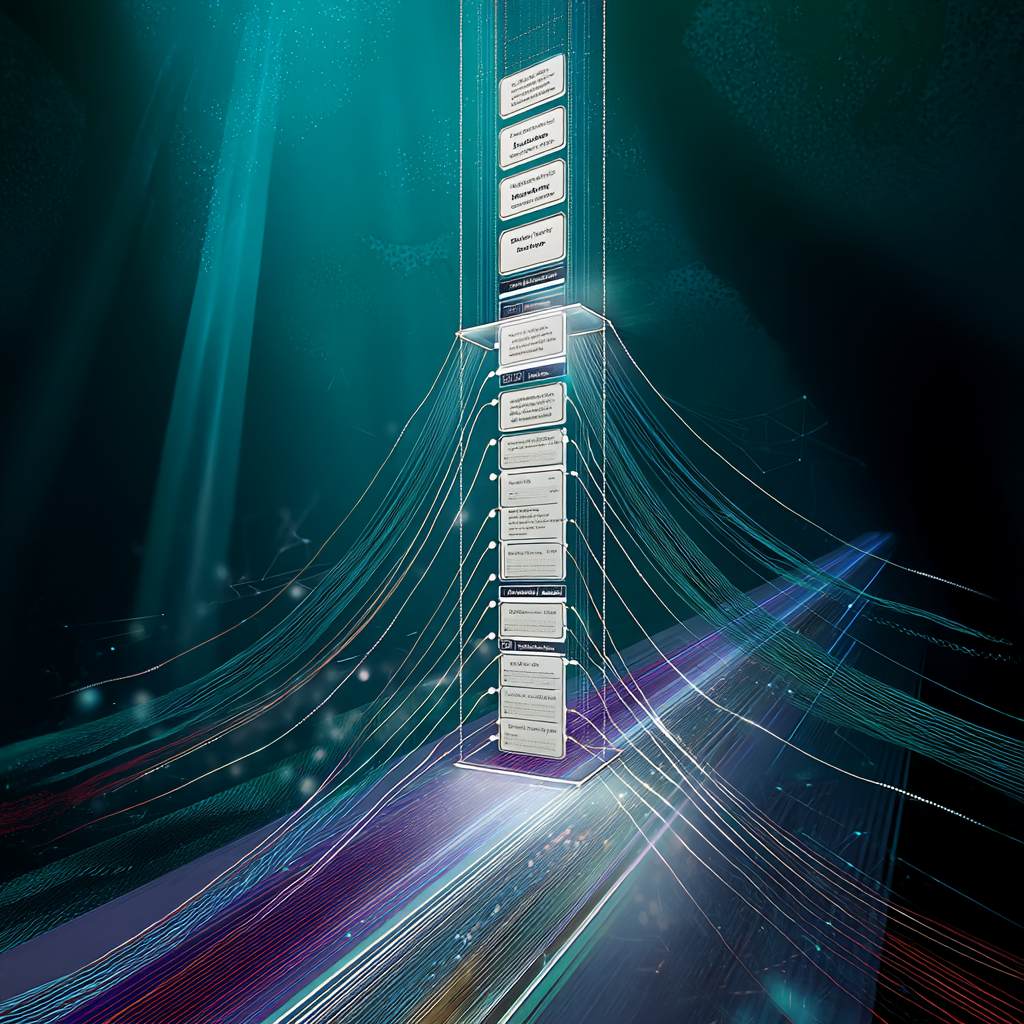What if AI could cite sources like a scholar instead of guessing? Traditional models struggle with real-time updates or niche topics, prioritizing fluency over accuracy. Retrieval-augmented generation (RAG) tackles this by grounding responses in provided data resources. By integrating dynamic retrieval with generative models, RAG doesn’t just answer, it refers to verified information.
From Basic to Modular
The RAG framework has evolved through three distinct phases: Naive RAG, Advanced RAG, and Modular RAG, each addressing the shortcomings of its predecessor. Naive RAG, the earliest iteration, follows a rigid “Retrieve-Read” pipeline. Raw data, from PDFs, HTML, or other formats, converted to plain text, and indexed. When a query arrives, the system encodes it into a vector, retrieves the top-K most similar text chunks, and feeds them to an LLM to generate a response. While cost-effective and superior to raw LLMs, Naive RAG struggles with noisy retrievals, irrelevant context, and “hallucinated” or regurgitated answers. As researchers note, this approach often prioritizes surface-level similarity over true relevance, leaving critical gaps in accuracy.
Advanced RAG emerged to refine retrieval quality. Instead of relying on static indexing, it employs strategies like sliding windows, metadata tagging, and query optimization. For example, a query about “renewable energy subsidies” might be rewritten to include related terms like “tax incentives” or “solar grants,” ensuring richer context. Post-retrieval reranking further filters out low-quality chunks. These tweaks, as detailed in industry analyses, reduce irrelevant outputs by aligning retrievals with the LLM’s intent. However, Advanced RAG still operates within a fixed pipeline, limiting adaptability.
Modular RAG breaks this rigidity, treating retrieval as a customizable workflow. Developers can swap components, like hybrid search algorithms or fine-tuned retrievers, to suit specific tasks. A legal AI might integrate a fact-checking module, while a medical tool prioritizes peer-reviewed sources. This flexibility, combined with end-to-end training, allows Modular RAG to dynamically balance accuracy and creativity. As experts observe, the shift toward modularity reflects a broader trend: RAG is no longer a one-size-fits-all tool but a platform for building trustworthy, domain-specific AI.
Autonomous RAG: Letting AI Refine Its Own Queries
What if an AI could critique its own searches and iterate until it finds the best answer? AutoRAG, introduced in late 2023, does exactly that. By leveraging the decision-making capabilities of LLMs, this framework acts like a detective refining leads. Suppose a user asks, “What caused the 2023 Silicon Valley Bank collapse?” AutoRAG first retrieves initial documents, then generates follow-up questions “What regulatory oversights existed?” or “How did interest rate hikes affect liquidity?”, to guide deeper, more targeted searches.
According to researchers behind AutoRAG, this self-improving loop reduced factual compared to static RAG systems. The model even identifies gaps in its knowledge base, prompting human experts to update data sources, a step toward collaborative AI systems that “know what they don’t know.”
Open-Source Tools Democratizing RAG Development
Democratizing access to advanced RAG tools is critical for innovation. RAGFlow, an open-source engine launched in April 2024, simplifies building context-aware AI applications. Unlike traditional tools requiring coding expertise, RAGFlow offers a visual interface for configuring retrievers, LLMs, and evaluators. Its standout feature? Deep document understanding, which parses tables, diagrams, and handwritten notes with near-human accuracy.
For instance, when analyzing a financial report, RAGFlow extracts data from charts and footnotes, ensuring the LLM receives holistic context. As reported by MarkTechPost, early adopters at universities and startups have used the tool to build research assistants and legal contract analyzers in days, not months.
Where RAG Is Headed
The RAG landscape is evolving rapidly. Three trends stand out:
- Hybrid Retrieval: Combining semantic search with keyword matching, as NVIDIA’s glossary explains, ensures broader coverage while maintaining relevance.
- Real-Time Data Integration: Systems are increasingly tapping live databases, news feeds, and IoT sensors for up-to-the-minute accuracy.
- Smaller, Specialized LLMs: Instead of relying on massive models like GPT-4, developers pair RAG with leaner LLMs fine-tuned for specific industries, cutting costs and latency.
Yet challenges persist. Poor data quality remains a Achilles’ heel, even the best RAG system falters with outdated or biased sources. Computational costs also loom large, though innovations like vector compression and edge computing promise relief.
The Path to Trustworthy AI Starts With RAG
Retrieval-augmented generation isn’t just a technical fix, it’s a paradigm shift toward AI systems that prioritize truth over plausibility. From self-improving models like AutoRAG to accessible tools like RAGFlow, the building blocks for reliable AI are here. But the real work lies ahead: curating unbiased datasets, optimizing for sustainability, and fostering collaboration between humans and machines.
- Asjad, M. (2024, April 1). Evolution of RAGs: naive RAG, advanced RAG, and modular RAG architectures. MarkTechPost. https://www.marktechpost.com/2024/04/01/evolution-of-rags-naive-rag-advanced-rag-and-modular-rag-architectures/
- Ansari, A. A. (2024, December 8). Auto-RAG: an autonomous iterative retrieval model centered on the LLM’s powerful Decision-Making capabilities. MarkTechPost. https://www.marktechpost.com/2024/12/07/auto-rag-an-autonomous-iterative-retrieval-model-centered-on-the-llms-powerful-decision-making-capabilities/
- Singh, N. (2024, April 6). Meet RAGFlow: an Open-Source RAG (Retrieval-Augmented Generation) engine based on deep document understanding. MarkTechPost. https://www.marktechpost.com/2024/04/06/meet-ragflow-an-open-source-rag-retrieval-augmented-generation-engine-based-on-deep-document-understanding
- Lewis, P., Perez, E., Piktus, A., Petroni, F., Karpukhin, V., Goyal, N., Küttler, H., Lewis, M., Yih, W., Rocktäschel, T., Riedel, S., & Kiela, D. (2020, May 22). Retrieval-Augmented Generation for Knowledge-Intensive NLP tasks. arXiv.org. https://arxiv.org/pdf/2005.11401
- NVIDIA Glossary: What is Retrieval-Augmented Generation (RAG)? (n.d.). NVIDIA. https://www.nvidia.com/en-us/glossary/retrieval-augmented-generation



